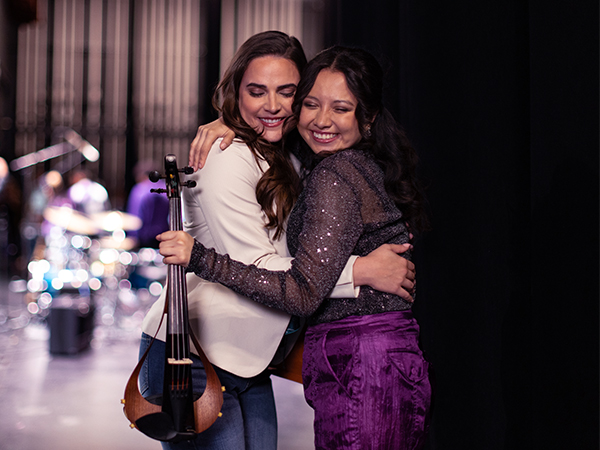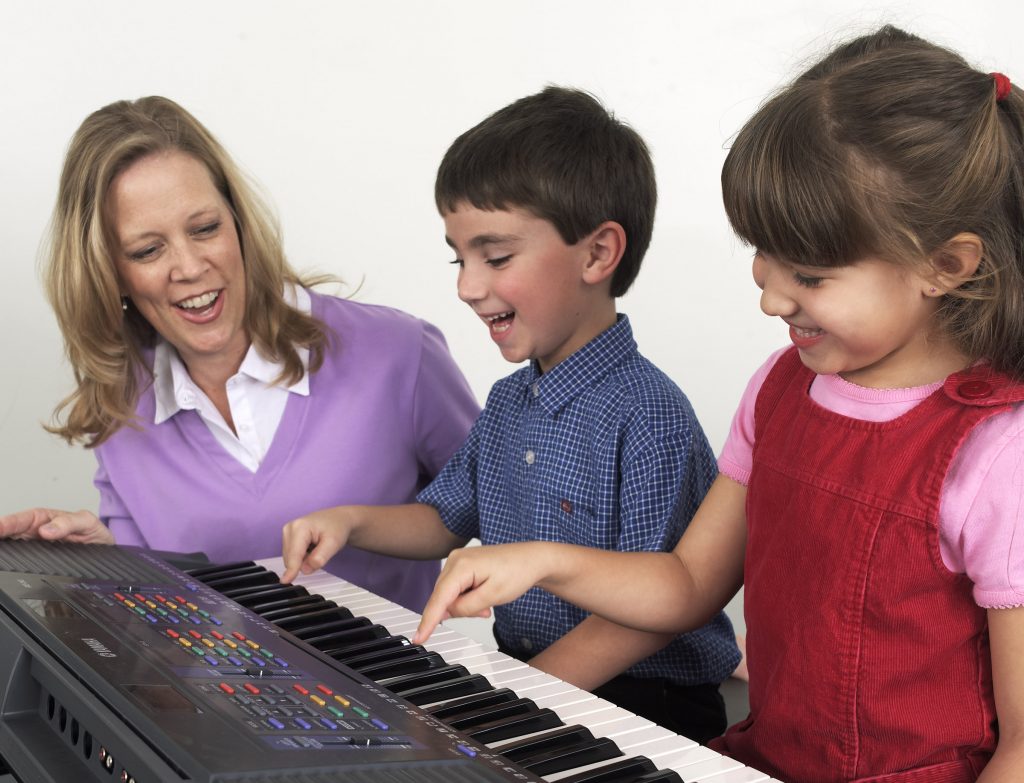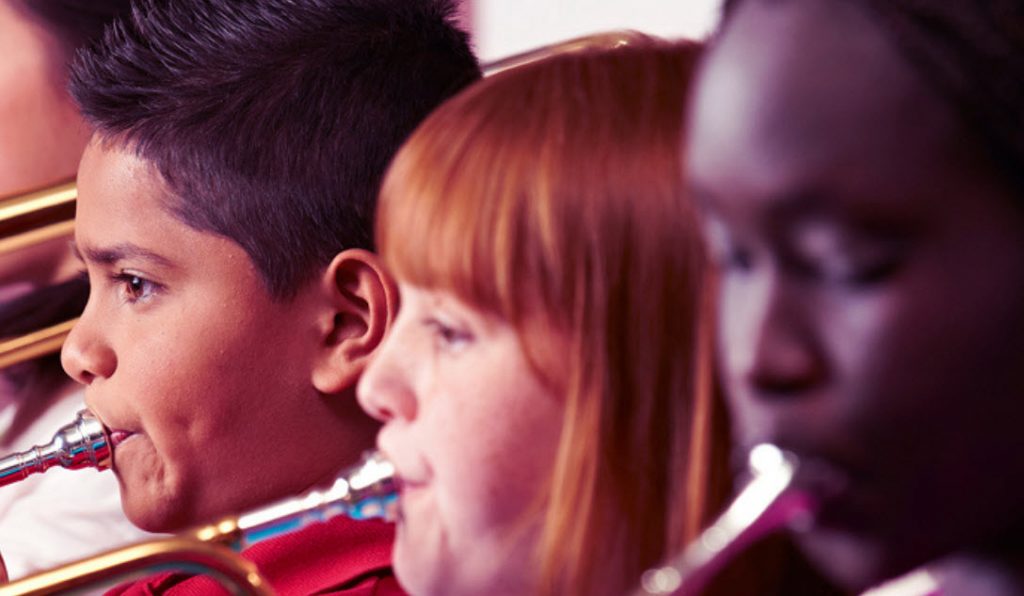So Your Child Wants to Play Strings
How to get your child started on violin, viola, cello or upright bass.
Your child has come home enthusiastic about the prospect of joining their school orchestra and playing a stringed instrument. That’s great news, but it can be an intimidating moment for a parent without a musical background. Of course, you want the best for your son or daughter, but without some basic knowledge about the instrument they want to learn, you might feel unprepared for this new experience in your child’s life.
Fear not! In this article, we’ll show you how to refocus any apprehension you may have into solid, confident next steps to make sure your kiddo puts their best foot forward. And with your encouragement, they will hopefully start a lifelong relationship with music that will bring them endless joy and satisfaction.
Before we begin, though, understand that there’s no “right” way to make music. We’ll provide some common beginning tips for scholastic/school music, but if your child has an interesting opportunity to pick up a string instrument outside of school — like playing folk fiddle or maybe even a Suzuki class — go for it! Any start rooted in the child’s desire and innate musicianship is a good start.
Violin

One of the most beautiful and well-known of all musical instruments, the violin has played a role in just about every musical genre, from classical to country, and is played on the finest concert stages the world over.
Getting started on a stringed instrument like the violin is different than many other types of instruments because students have the option of finding the right size violin for their body. Fractional size violins like the Yamaha YVN Model 3 ensure that young students have the best opportunity to make music whatever their physical dimensions and growth rate. Yamaha has a great “fit stick” resource that allows you to measure your child for their best violin size; just click here to request one — it’s completely free of charge.
The other consideration, of course, is which brand and model to buy. One way to simplify this search is by using the online Yamaha Violin Finder, which can help you gauge the right price point, sound preference and case type for your budding violinist. Whichever make and model you choose, there a few things your child will need right at the start in addition to the violin: a sturdy case, a bow and rosin (the latter helps the strings make sound). Many Yamaha student model violins come with these accessories included.
Viola
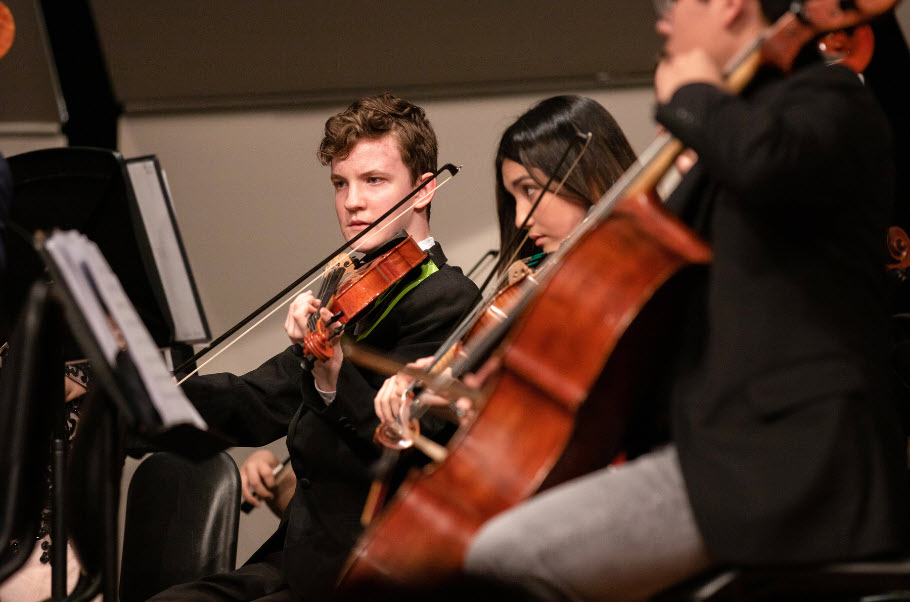
Known for its thick sound that fills out the middle range of orchestras, the viola is a great choice for students who prefer lower tones to the high register of violins. Because a viola is slightly bigger than a violin, it can reach lower notes and has a richer tonal quality.
Starting on the viola is very similar to starting on the violin in that there are differing sizes to make sure your child can play the full length of the instrument, no matter their physical dimensions. A good choice for a beginning violist is the Yamaha AVA5S, available in 13″, 14″, 15″, 15.5″, 16″ and 16.5″ sizes. Your local authorized Yamaha dealer can help determine the right one for your child.
Like the violin, viola players need a carrying case, bow and rosin to prepared for the first day of orchestra (a great attitude helps too!). Again, many Yamaha student model violas come with these accessories included.
Cello
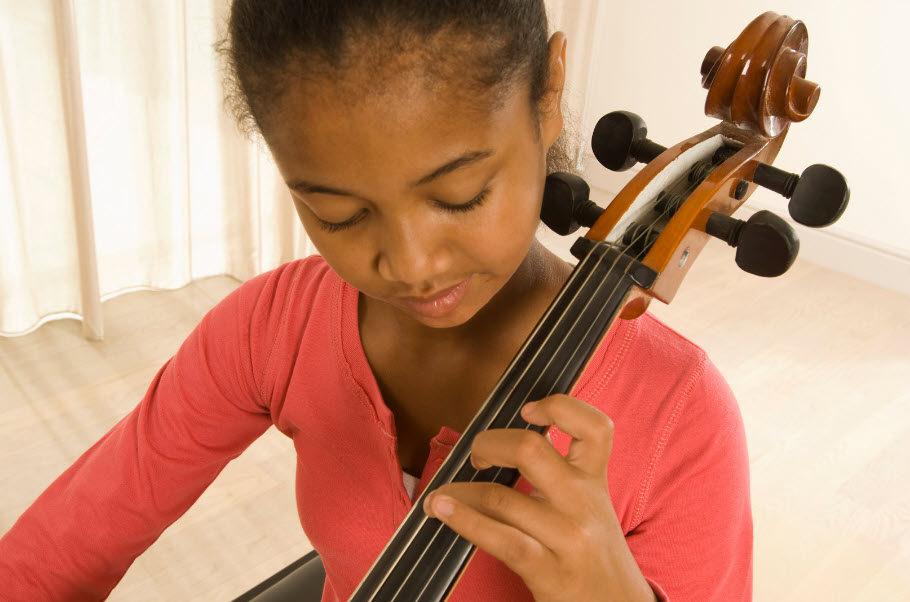
The cello is often the largest string instrument in beginning orchestra classrooms. Played by some of history’s greatest musicians, it has a sonorous and rich tone quality. Since it rests on the ground while being bowed, it also offers a slightly more natural playing position than the viola or violin, both of which have to be held up to the neck and rested under the chin.
Like the violin and viola, a bow, case and rosin are essential, but there is an additional accessory needed to play the cello: a floorstop. Cello players are usually seated when playing, so this ensures that the instrument doesn’t slide around. These are usually made of rubber or attach to the player’s seat so the endpin fits in securely.
Like most other student string instruments, the cello is available in “fractional” sizes so that students with smaller frames can get started earlier and utilize the full length of the instrument. There are two Yamaha student model cellos to choose from. Your local authorized Yamaha dealer can help determine the right one for your child.
Upright Bass
When you hear the word “bass,” you might picture an electric bass guitar, but here we’re referring to the upright bass, which is one of the most versatile string instruments, found in orchestras and jazz combos alike. This vital instrument imparts an important lush, low end that fills out the entire sound.
Full-size professional upright basses stand about seven feet tall, so they’re not always part of grade- or middle-school orchestra programs, but some classrooms may have fractional size basses that allow smaller students to explore the range of the instrument while their bodies catch up to the larger sizing.
Whether your child has their eyes set on the violin, viola, cello or upright bass, they are stepping into a whole new world when they pick up a string instrument. It can be difficult for both student and parent in the beginning while growing pains are still being worked out, but the most important thing to keep in mind is that the effort is worth it. There are countless research models that demonstrate that playing music has a significant role to play in brain development, let alone the social and emotional skills and wholehearted sense of satisfaction that can come with practice and perseverance.
Check out these related blog articles:
Does My Child Need a Better Violin Next Year?
Reimagining the Way Student Violins Are Made
Five Things You May Not Know About String Instruments
Five More Things You May Not Know About String Instruments
Click here for more information about school music.
Click here for more information about the Yamaha YVN Model 3 Student Violin.
Click here for more information about the Yamaha AVA5 S Student Viola Outfit.
Click here to locate your local authorized Yamaha dealer.










